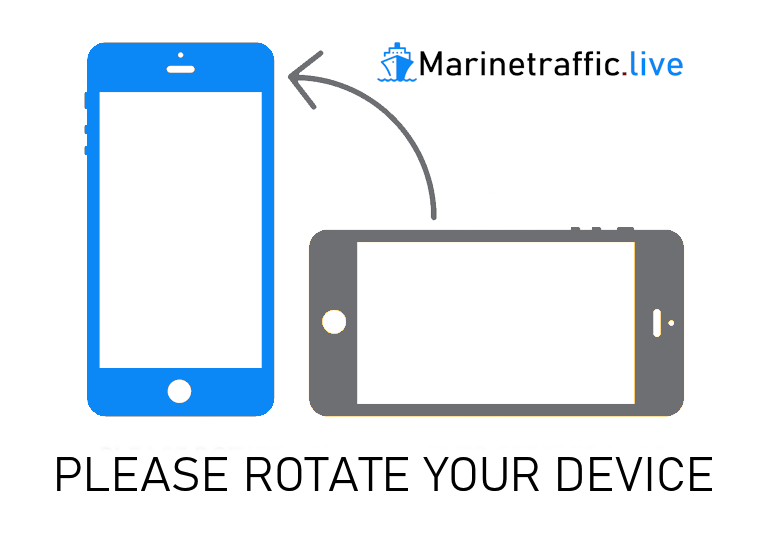© marinetraffic.com
Speed
---
---
Courses
---
---
Transmitted
---
---
MIN ---
draft
MAX ---

Ship Tracker is an automated tracking system widely used at sea. The system collects static and dynamic information from ships. Enables electronic data exchange between AIS stations. You are on vacation and going on a boat trip - from now on you can check the position of your ship on the map. You can also consider ship tracking as an interesting beach activity. You've probably seen ships go by and wanted to know what ship it is and where it's going. On the nautical chart, you can track passenger ships, transport ships, tankers, ferries, as well as smaller vessels such as fishing boats, tugboats, and yachts. The map also includes navigation devices and lighthouses.In recent years, ship technology has made tremendous advances and the shipping industry has evolved in a way that allows us to track ships wherever they are. There are many tools used in this field, but two of the most well-known are Ship Tracker" and "Marine Traffic". In this text, I will take a closer look at these two tools, examining their functions and their importance for the shipping industry. "Ship Tracker" is a tool that allows tracking ships in real-time. It was developed by a company called FleetMon and offers a wide range of features that allow users to track ships worldwide. The tool uses satellite imagery and AIS (Automatic Identification System) data to determine the exact position of ships and to present this information on a map. One of the most important functions of "Ship Trackhe" is the ability to search ships by name, category, flag or port. This allows users to find and track ships quickly and easily. Another important feature is the ability to set alarms to be notified of specific events, eg when a ship leaves a certain port or when a ship is in a certain area."Ship Tracker" also provides information about ships such as speed, course, port of destination and ETA (Estimated Time of Arrival). This information can be used for various purposes such as monitoring ships and ensuring they reach their destinations in order to to facilitate trade or to avoid delays and congestion Another important tool in the shipping industry is “Marine Traffic.” It was developed by a company called MarineTraffic » Laivat Kartalla.com and offers similar functionality as "Ship Tracker". Here, too, satellite images and AIS data are used to determine the exact position of ships and to display this information on a map. One of the most important functions of "Marine Traffic" is the ability to track ships in real time. The tool also provides a variety of filters that allow users to search ships by category, flag, port, or distance. In addition, the tool provides information about ships such as speed, course, port of destination, and ETA. Like "Ship Tracker" also offers "Marine Traffic" the possibility to set alarms to be informed about certain events, for example when a ship leaves a certain port or when a ship is in a certain area. These functions are particularly useful for Shipping companies and ports that need to monitor the traffic of ships and make sure everything is running smoothly.Another important aspect of "Marine Traffic" is the ability to get historical data about ships.This tool allows users to get information about ships in the past search and display, for example, when they left a certain port or which route they took.. SHIP TRACKHE PORT >> Live (24.04.2024/XNUMX/XNUMX) | port radar

| Port | Estimated time of arrival (LT) |
|---|
